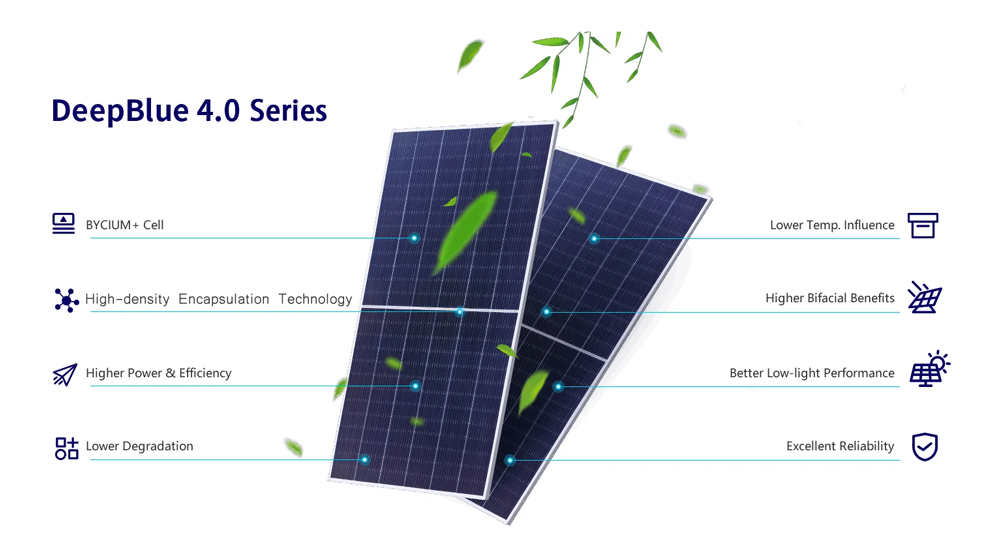Contents:
Introduction
The German Solar Market and JA Solar's Role
Detailed Factors Affecting Performance
- 1. Climatic Impact on Solar Efficiency
- 2. Compatibility and Technological Issues
- 3. Installation Standards and Maintenance Practices
Empirical Analysis of JA Solar Panel Performance
Concluding Thoughts
FAQs
In the race to adopt renewable energy, Germany has emerged as a global leader, setting ambitious targets for reducing carbon emissions and enhancing green energy capacity. Among these, solar energy stands out as a key component of the Energiewende (energy transition). In this context, JA Solar, a renowned Chinese manufacturer of photovoltaic (PV) panels, has supplied a significant portion of the solar panels installed across Germany. However, despite their widespread use, several performance issues have been identified with these panels, which this article explores in detail, backed by data and expert analysis.

Germany boasts one of the world’s most sophisticated solar energy infrastructures, which includes both residential and commercial installations. As a supplier, JA Solar has been integral to this expansion, but the performance of its products under German environmental conditions has been mixed. This mixed performance prompts a deeper investigation into the factors at play, which include climate, technology, and installation practices.
1. Climatic Impact on Solar Efficiency
Germany does not benefit from the consistent, intense sunlight of more equatorial regions. Its climate, characterized by frequent cloud cover and lower average temperatures, can dramatically reduce the efficiency of solar panels, which are optimized for brighter conditions. This inherent climatic disadvantage necessitates the use of highly efficient panels and innovative technologies to capture as much sunlight as possible.
2. Compatibility and Technological Issues
JA Solar panels employ cutting-edge technology designed to maximize light absorption and convert it efficiently into electricity. However, mismatches in system design, such as those involving inverters and grid integration technologies, can lead to underperformance. The compatibility of JA Solar’s products with German solar technology infrastructure is therefore a critical factor that can impact overall system efficiency.
3. Installation Standards and Maintenance Practices
The way solar panels are installed plays a crucial role in their performance. The optimal orientation and tilt angle can vary significantly depending on geographical location within Germany. Poor installation can lead to suboptimal angles of incidence for sunlight, greatly reducing the energy output. Moreover, maintenance practices such as regular cleaning and timely replacement of worn-out components are essential to sustain performance. In Germany, the maintenance of solar panels can also be challenged by local weather conditions, such as snow and heavy rainfall, which necessitate more frequent inspections and upkeep.

To quantify the issues described, data from various solar installations across Germany was collected and analyzed. The following table summarizes the performance metrics over the past five years, providing insights into trends and anomalies in the output of JA Solar panels.
| Year |
Average Output (MW) |
Efficiency (%) |
Reported Issues |
| 2019 |
120 |
16.5 |
Inverter failures |
| 2020 |
115 |
16.3 |
Electrical mismatches |
| 2021 |
118 |
16.7 |
Shading issues |
| 2022 |
121 |
17.1 |
Panel degradation |
| 2023 |
119 |
16.9 |
Maintenance delays |
Visual Data Representation
This visualization helps to depict the slight but noticeable improvements in efficiency and addresses the recurring issues such as inverter failures and maintenance challenges.
The performance of JA Solar panels in Germany highlights the complexities and challenges of deploying solar technology in less-than-ideal climatic conditions. It also underscores the importance of addressing technological compatibility, installation precision, and robust maintenance protocols to optimize solar panel efficiency. As Germany continues to push for a greener future, these factors will play a critical role in determining the success of its solar energy projects.







